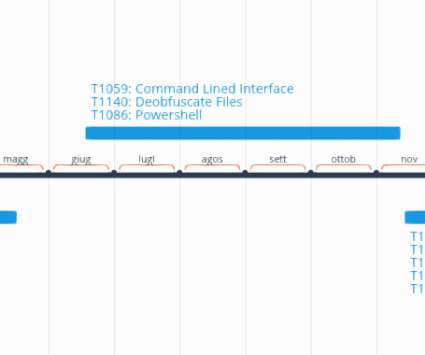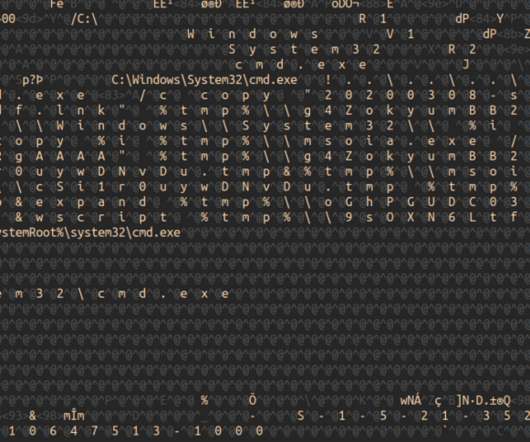The Essential Guide to Radio Frequency Penetration Testing
Pen Test
OCTOBER 12, 2023
Introduction Radio Frequency (RF) penetration testing, popularly referred to as RF pentesting, stands as a vital domain within ethical hacking. The rapid advancement of technology has woven a complex fabric of wireless networks, each interwoven with vulnerabilities waiting to be exposed. What is Radio Frequency (RF)?












Let's personalize your content